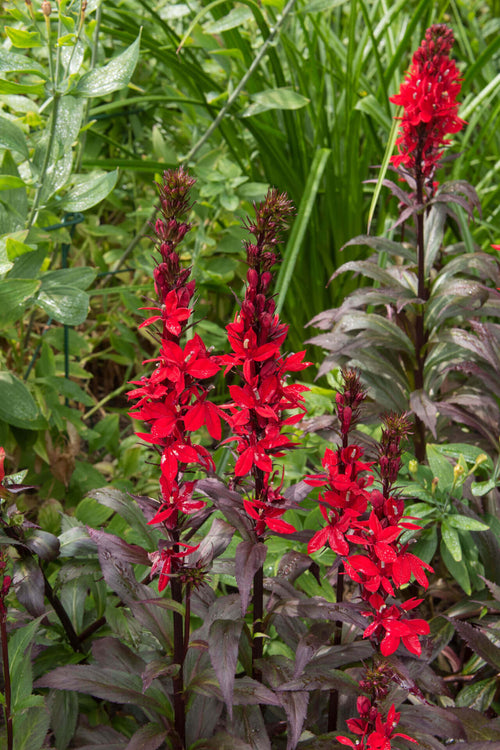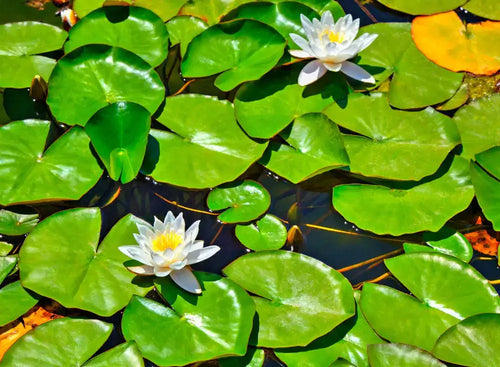Lily Pads
Lily Pads are round, flat, floating leaves of aquatic plants, typically green in color, providing a resting place for frogs and a picturesque element in ponds and water gardens. They are often associated with serene ponds and water gardens, they offer unique benefits when strategically incorporated into landscaping designs. Their aquatic nature, ability to create captivating reflections, contributions to ecosystem health, and role in enhancing the visual and sensory experience make them valuable to outdoor spaces.
Lily pads are clusters of aquatic plants with leaves and blooms that grow in ponds, water gardens, and natural bodies of water. They root in the soil at the bottom of quiet, freshwater habitats. There are many reasons to cultivate these uncommonly alluring plants.
The Extraordinary Beauty Of Lily Pads
If you want breathtaking plants and a unique landscape, consider them. The magnificent blossoms burst forth through the surface of the water with bold flowers in a rainbow of colors from bright white, pale pink, and rich red to yellow and even blue.
Large green leaves provide a stunning backdrop for these graceful flowers. The delicate petals and intricate stamens create a visually exquisite display that can grace your landscape with something very special.
The Spiritual Symbolism Of Lily Pads
Lilies represent resurrection, rebirth, purity, and enlightenment. From the muck at the bottom of the pond, they emerge triumphantly, transformed into extraordinary blossoms. They have long been associated with higher qualities of consciousness like enlightenment and spiritual awakening.
Some cultures associate the plants with grace, beauty, harmony, and serenity. In Buddhism and Hinduism, the pads have spiritual significance. In ancient Egypt, they were thought to repel negative entities, while Christians saw them as symbols of life, energy, and vitality.
The Hardy Leaves and Blooms Of Lily Pads
The leaves can be round, oval, or heart-shaped, and they float on the surface of the water. The leaves are supported by long stalks that emerge from thick, fleshy underwater roots. The leaves have a waxy coating that repels water while keeping them dry and buoyant.
The size of the leaves varies by species. They range from a few inches to one foot in diameter. The flowers have delicate petals arranged in layers around a disk. The petals can be single or double-layered.
The Strong Roots Of Lily Pads
Visible blooms and leaves can completely cover the surface of a body of water. The showy display is supported by strong roots made of fleshy rhizomes that secure the plants in the muddy substrate at the bottom of the water. The rhizomes produce slender roots that absorb nutrients in the water and further secure the plant in its position.
The plant is important in aquatic ecosystems, where it can be a primary food source and desirable habitat for fish and small animals alike.




















































